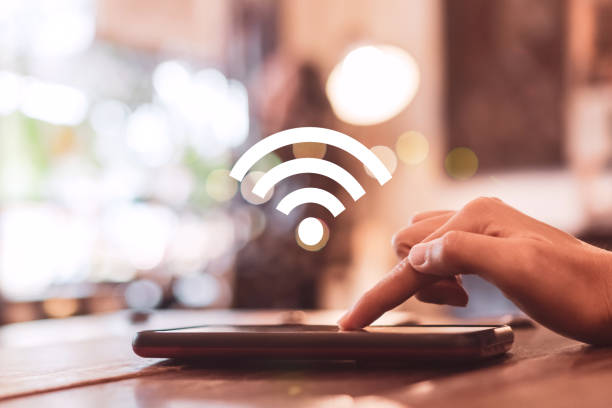
In this article, we will explore some of the ways you can improve the quality of your home Wi-Fi. By following these tips, you can ensure that you have a strong and reliable Wi-Fi connection to handle all your internet needs.
Try Giving the Wi-Fi a Kick
When it comes to wireless networks, there is an adage that says, “try striking something when it's behaving funny.” This has proven to be surprising, yet, frequently helpful. While we do not suggest physically kicking your router, the basic issue with your home's Wi-Fi may be caused by a particular arrangement of your space and the place where your router is directing the signal.
To increase coverage, experiment with the router's location and antenna-angle configuration. It just so happens that this is the easiest approach, needing no additional resources (time, money, or knowledge).
Set Up the Channels
A group of constrained radio spectrum bands known as channels is where Wi-Fi works. Even though there may be many devices that desire to use them, there are not many channels available. As a result, the most widely used band, 2.4 GHz, may become congested with interference from other networks and gadgets. The router chooses the channel with the least amount of interference during each restart or at a predetermined period. Choosing the path with the lowest traffic congestion is like how a navigation system works.
You Can Switch to 5 GHz
Naturally, we are merely traveling virtually. With more and larger channels, the 5-GHz band represents a more acceptable part of the radio spectrum. There is also less noise, and the information transmission rate can be much higher because older router versions and the most affordable routers (especially new ones), do not support 5 GHz. Try upgrading to a more contemporary router that supports the 802.11ac standard if your existing ones do not support the 5-GHz band (aka Wi-Fi 5).
Make Use of Cable
Because Wi-Fi is so convenient, we occasionally overlook the value of traditional wired Ethernet. The simplest and most affordable solution to intractable Wi-Fi problems is frequently connecting via cable. By switching to a wired connection, you may effectively kill two birds with one stone. First, it will fix the Wi-Fi issue in the room in question. Second, if you move at least some gadgets to a wire, the effectiveness of the Wi-Fi router on the other ones is essential to improve.
Create a Mesh
There are numerous additional strategies to raise the caliber of your coverage. You might, for instance, build signal repeaters or swap out the router's antennae for better ones (you would be astonished at the garbage that typically resides inside the remarkable horns of a normal home router).
Conclusion
You are responsible for maintaining a steady Wi-Fi connection in your home. But before you quit looking for ways to get the lightning-fast Wi-Fi you have always wanted, consider the simple solutions listed above to boost your home's Wi-Fi.






No comments:
Post a Comment
“The plot thickens… especially when you comment.” 〜B.J. Burgess